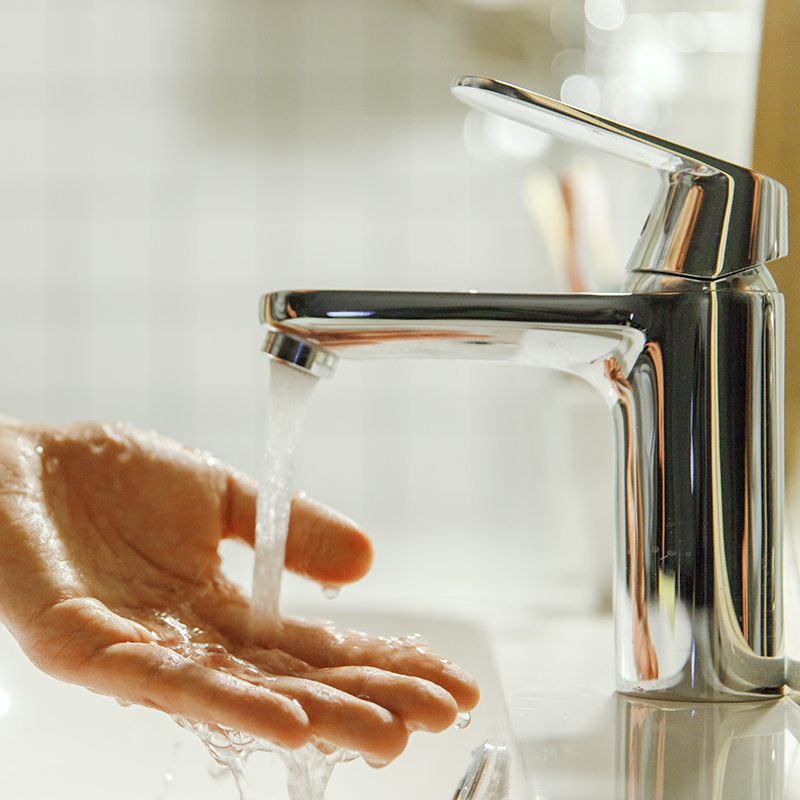Introduction to Instant Hot Water Taps
Instant hot water taps are revolutionizing the way we access hot water in our kitchens and bathrooms. Unlike traditional hot water systems, which rely on heating water in large tanks, these taps provide near-instant hot water on demand. This convenience not only saves time but also contributes to energy efficiency. By heating only the amount of water needed, instant hot water taps reduce energy waste and lower utility bills. This introduction will explore the various types of instant hot water taps available and their benefits, setting the stage for a deeper understanding of their impact on modern living.
Benefits of Instant Hot Water Taps
The primary advantage of instant hot water taps is their ability to deliver hot water almost immediately, eliminating the wait time associated with traditional systems. This is particularly beneficial in busy households where time is of the essence. Additionally, these taps often come with advanced features such as temperature control and adjustable flow rates, allowing users to customize their hot water experience. The energy efficiency of instant hot water taps also stands out. By only heating the water that is used, they minimize energy consumption compared to traditional tank systems, which continuously heat and store large volumes of water.
Installation and Maintenance Considerations
Installing an instant hot water tap typically involves a straightforward process, though it may require professional assistance depending on the complexity of the plumbing system. These taps can be integrated into existing sinks or installed as standalone units. It is important to choose a model that fits the specific requirements of your home’s water system. Maintenance is generally minimal, with periodic descaling being the primary task to ensure the longevity of the unit. Regular cleaning and checking for leaks can help maintain optimal performance and prevent issues.
Choosing the Right Instant Hot Water Tap
Selecting the best instant hot water tap involves considering several factors to ensure it meets your needs. First, assess the flow rate and temperature range of the tap to ensure it matches your household’s demands. Different models offer varying capacities and heating speeds. Additionally, consider the installation requirements and whether you need a tap that can be easily retrofitted into your existing setup. Look for features such as energy efficiency ratings, warranties, and customer reviews to make an informed decision. By evaluating these aspects, you can choose a tap that provides both convenience and reliability.
